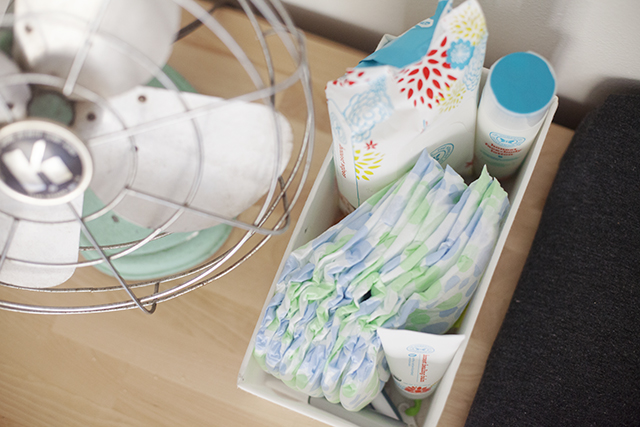Keeping the Promise
Published on October 26, 2016, at 4:10 p.m.
by Amelia Neumeister.
When a company develops a brand, it typically creates guidelines for all the brand’s practices and its promise to key publics. These practices and promise can be expressed in a variety of ways, from the visual identity to how human resources will screen internship applicants. But what happens when a brand breaks that promise?
The Honest Company found out the hard way. The Honest Company recently underwent some scrutiny when customers began complaining about the quality of its products.
“There are plenty of complaints about Honest’s ‘natural’ products being not-so-natural, numerous complaints about its dishwashing detergent leaving terrible stains, and still other complaints about the fact that its sunscreen simply doesn’t work,” said Matt Novak, in a gizmodo.com article. “But the most common complaint by far is about its subscription diaper service.”

Starting in 2014, many complaints were filed with the FTC regarding the misleading nature of the Honest Company’s “Honest Diaper” subscription. These complaints state that people have been signed up for recurring payments without their knowledge and were being charged for a service they did not want. When attempting to cancel the service, people were told the only way to cancel was to call the Honest Company at specific hours of the day, making it incredibly difficult to get a refund or any type of compensation.
This lack of honesty to its customers breaks the brand’s promise and reveals dark spots in the company’s transparency. How can a public relations practitioner work to effectively keep a company’s promise and transparency?
The best way to ensure an organization will implement transparency and deliver the brand’s promise to its publics is by solidifying honesty in the core values. This structure can be in the form of a mission, values or vision statement. But no matter the form, the intention of honesty and transparency should be there from the start.
“When a company’s found documents are established and used to set a tone — if an organization falls short — the communication team will know how to clean it up,” said Harrison Sheffield, media strategy supervisor at Edelman. “If communication is in the leadership, that can help a company respond much better.”
Having the communication team be involved in the creation of an organization can put in place a set of rules or guidelines that can make transparency more clear.
“Without establishing a brand’s identity before getting consumers involved, your messaging will be confusing and ultimately consumers will be left with more questions than answers,” noted Taylor Shelnutt, account executive at FleishmanHillard.
Even more importantly, create a master narrative that will serve as the “communications bible” and guide every communication product both internally and externally. The guide will keep the entire organization on the right track and will help correct errors before they happen said Sheffield.
If the original guidelines are ignored, then a public relations practitioner should know what to do next. Both Shelnutt and Sheffield agree that how an organization reacts to a break in a promise depends greatly on the audience and the size of the broken promise. But, at the same time, a long-established brand is more likely to outlive the bad press than a new emerging product.
“Often, consumers find something wrong with your brand more easily than they find something right with it, so the moment you break your promise to them, they will capitalize on it,” said Shelnutt. “If a brand is able to quickly address the issue and offer solutions, chances are greater that it will come out alive in the end.”
By establishing transparency and honesty from the start, brands are able to build a following based on trust and support. The best trait for a brand to have is honesty. It’s better to be honest up front, gain strength from transparency and keep the brand promise than to cover up a lie.





